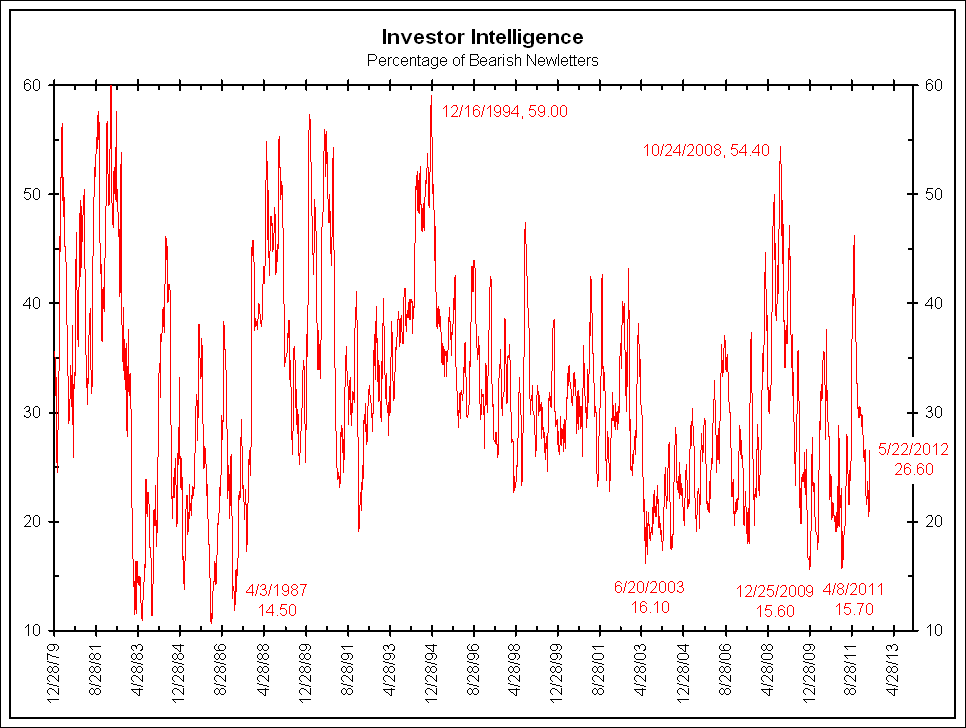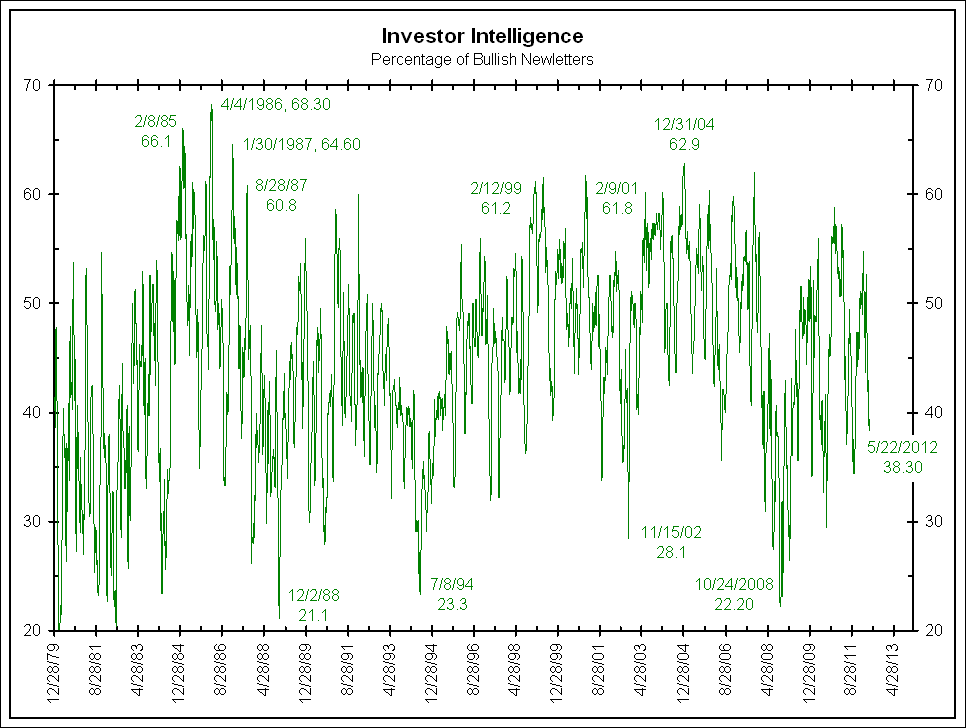Seeking Alpha – Ignore Sentiment – Here’s Why To Buy
I confess. I am a contrarian. Maybe you’ve heard of us. We are the ones who ask, when things have gone very far in one direction and the general consensus is that they’ll go even further, “perhaps it’s time for a change?”We are a minority (by definition), but not always a quiet one. I once wrote about why I tend to hold contrarian beliefs — because I have found it to be both safer and more profitable — and I had more people write in to me via email than I’d ever had before. So I know there are others out there. See if you agree.Being a contrarian is simultaneously very easy and very difficult. On the one hand, it’s pretty simple to pick out trends that have moved a long way in the same direction. Anybody can do this. But recognizing when those trends are about to shift is extremely difficult. It’s impossible to pick those exact turning points, so contrarians have to be somewhat forgiving of themselves and each other.Most of the contrarians I know tend to be more adept at thinking generally — in big picture terms — and less focused on the details of the day. It’s hard to take a real position against the consensus, especially when the data all seem to suggest you’re wrong to do so. Being able to get up above all of that and see the forest instead of the trees is something of a prerequisite.
Comment
The S&P 500 has declined on 11 of the 16 trading days so far this May and is down over 6% MTD. The situation in Europe seems to deteriorate by the day. Friday’s Facebook IPO, which many hoped would lure retail investors back into the market, can only be described as a disaster. Given all these pessimistic themes in the marketplace, one might expect a highly bearish sentiment in the marketplace. However, the following charts, taken from the Investors’ Intelligence survey of newsletter writers, tell an interesting story.
Surprisingly, as the chart below shows, only 26.60% of the newsletter writers examined by Investors’ Intelligence were bearish as of May 22. This is near the lower end of its historical range. By definition, this group is looking for a decline of at least 20% over the next six months.
While one might expect an absence of bears to result in a large percentage of bullish newsletter writers, note that this is not the case. At 38.30%, the percentage of bulls is also low and on the decline.
The third category measured by Investors’ Intelligence encompasses all the newsletter writers looking for a correction in an ongoing bull market. This group believes the market could decline by at least 10% before rebounding. As the chart below shows, the number of newsletter writers in this camp is near an all-time high.
These three charts combine to tell an interesting story. Normally one would expect the bearish camp to grow in popularity at the expense of the bullish camp and vice versa. Now, however, the percentage of bearish newsletter writers are near an extreme low while the percentage of bullish newsletter writers are also trending towards the lower end of their historical range. Meanwhile, the percentage of newsletter writers looking for a correction in an ongoing bull market has rarely been higher.
These charts are indicative of a confused market. Newsletter writers do not want to stick their necks out to be labeled a bull or a bear in this environment. The fear from a bearish standpoint is that the Federal Reserve could step in at any moment to put a floor on the market with further quantitative easing. The bulls, on the other hand, have to be worried with the direction the market has headed this month thus far in the absence of further quantitative easing.
The Federal Reserve, being the dominant driver of the markets over the past few years, has made the business of forecasting very difficult. Without knowing the future intentions of the FOMC with regards to quantitative easing, newsletter writers have no choice but to avoid being labeled a bull or a bear. Instead, they opt to predict the market will more or less move sideways.
Source: Bianco Research





What's been said:
Discussions found on the web: